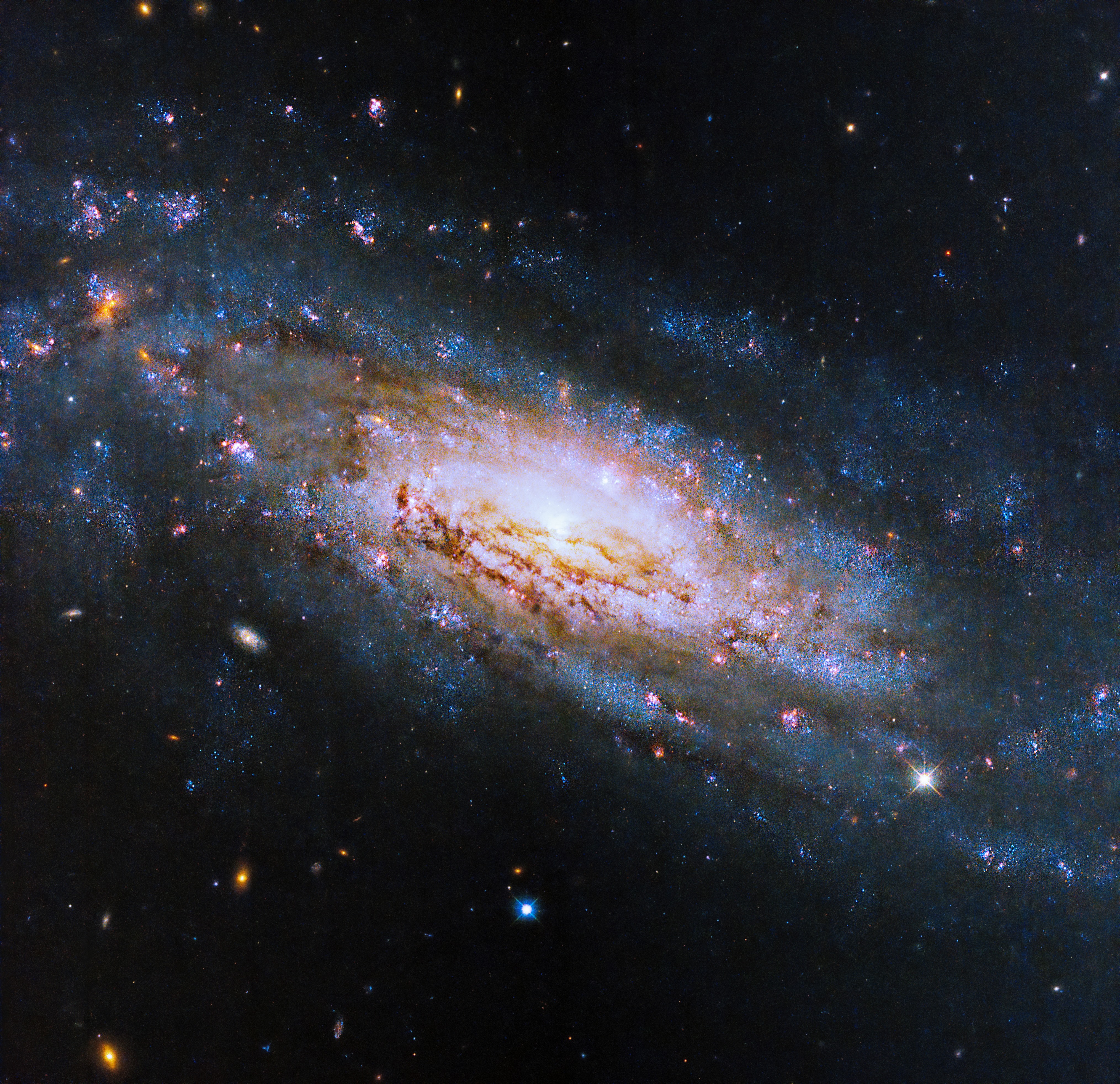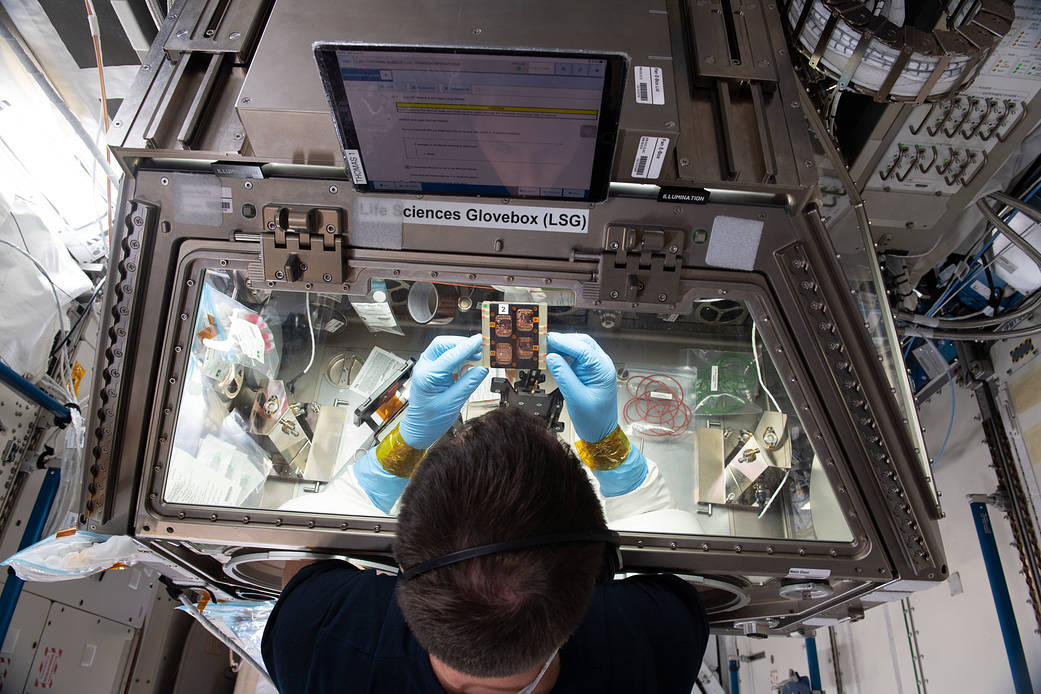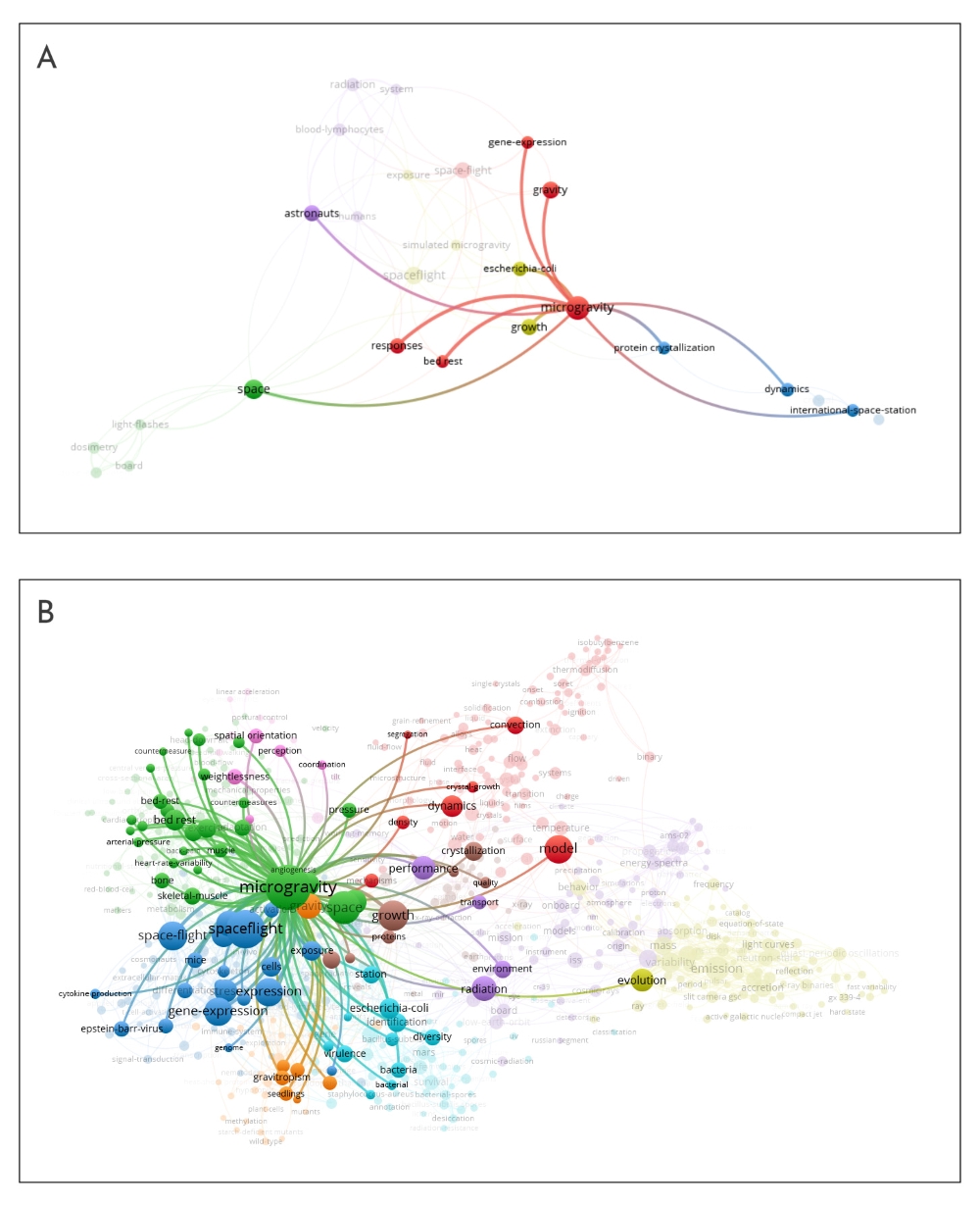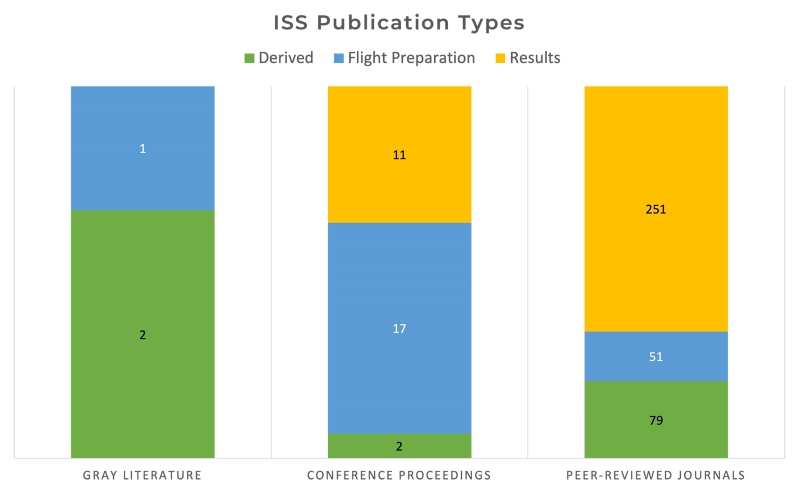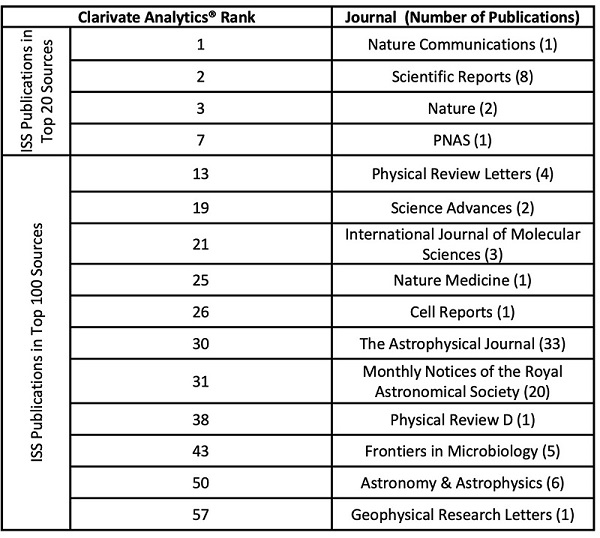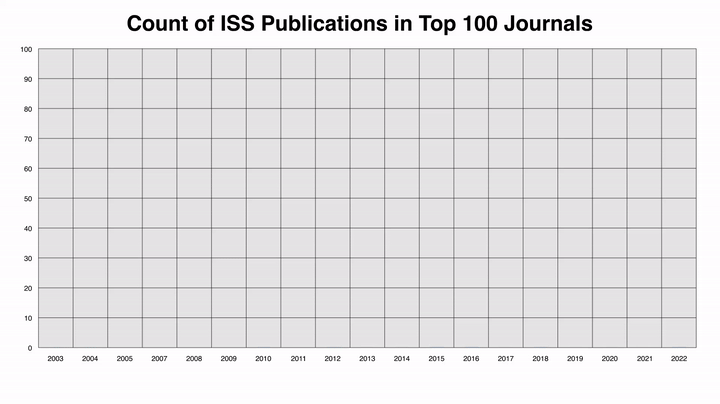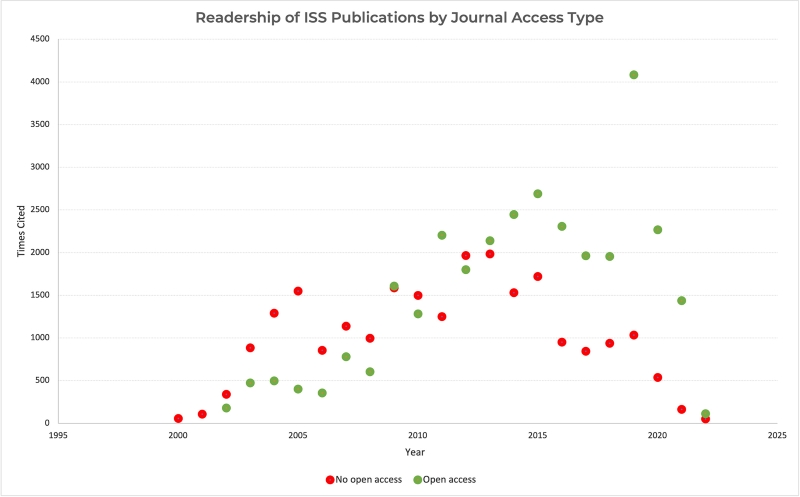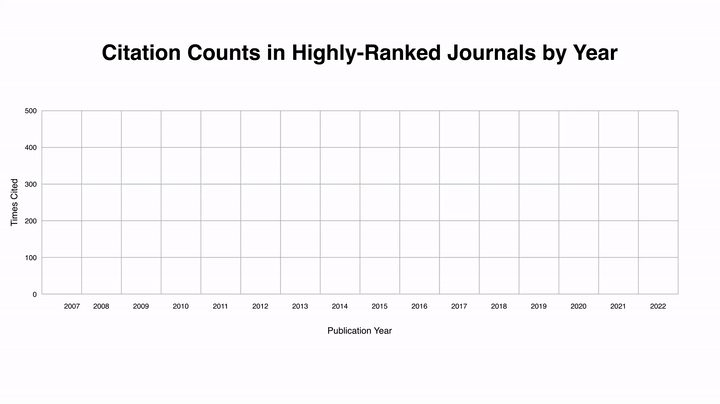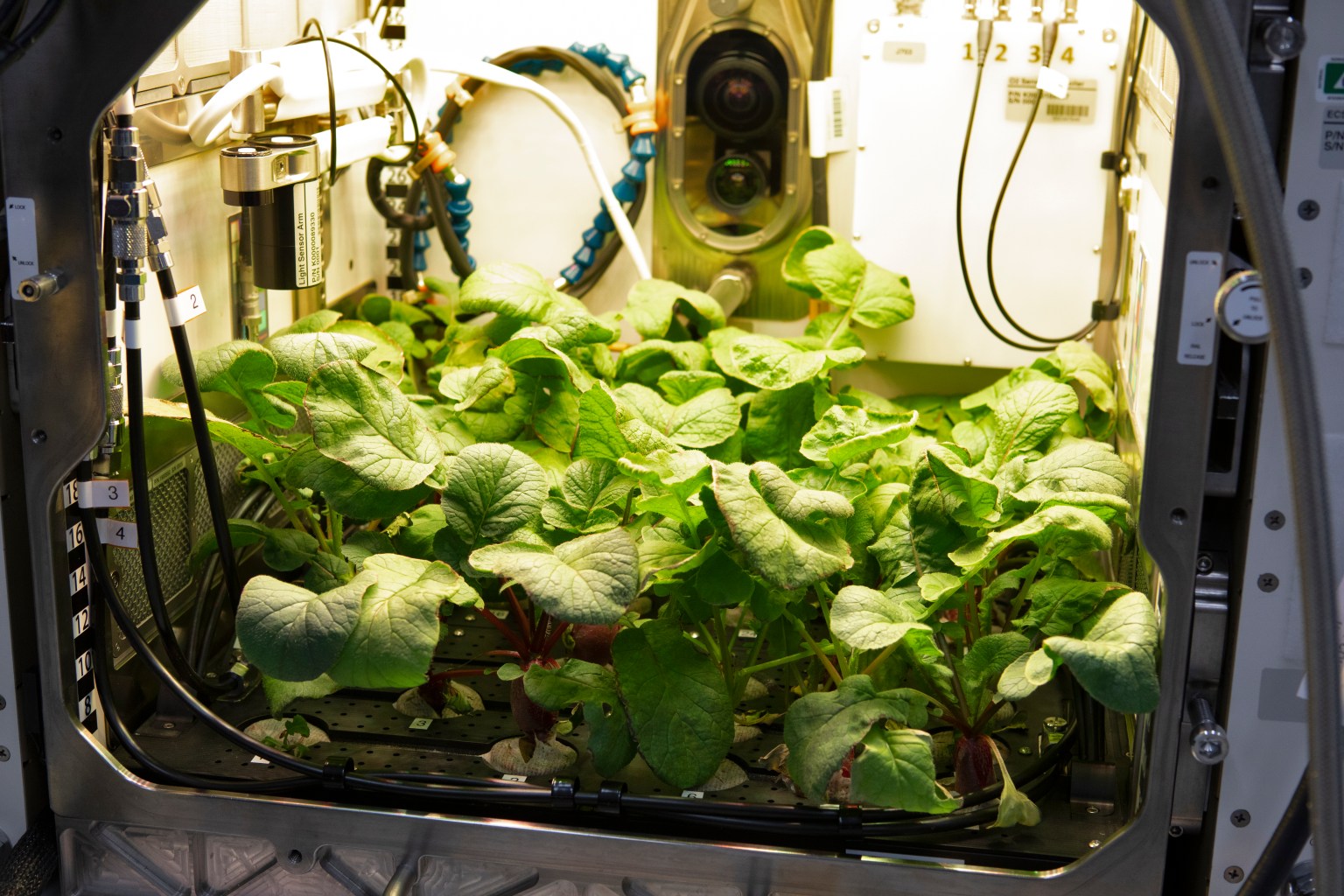Scientific research has been conducted aboard the International Space Station (ISS) since its early years of assembly. Preliminary investigations began as new systems were incorporated, and gradually the ISS grew into a fully utilized microgravity laboratory. Today, the well-established and diverse research on ISS serves to test physical and biological phenomena, examine human adaptation and recovery, study the health of our planet, explore the universe, and develop new technologies. The ISS is now a thriving microcosm of science that represents hundreds of research areas dedicated to making groundbreaking discoveries for the advancement of humanity. Figure 1 shows the development of ISS research fields from the beginning of ISS to the end of fiscal year 2022. In addition, over 20 years of ISS scientific operations continues to inspire thousands of students to pursue STEM careers and facilitates the commercialization of low-Earth orbit (LEO).
Extensive international collaboration in the unique environment of LEO as well as procedural improvements to assist researchers in the collection of data from the ISS have produced promising results in the areas of protein crystal growth, tissue regeneration, vaccine and drug development, 3D printing, and fiber optics, among many others. In this year’s edition of the Annual Highlights of Results, we report findings from a wide range of topics in biotechnology, physics, human research, Earth and space science, and technology development – including investigations about human retinal cells, bacterial resistance, black hole detection, space anemia, brain health, Bose-Einstein condensates, particle self-assembly, RNA extraction technology, and more. The findings highlighted here represent only a sample of the work ISS has contributed to society during the past 12 months.
As of Oct. 1, 2022, we have identified a total of 3,679 publications associated with ISS research since 1998 (roughly a 12% increase since last year). Of the 414 articles collected during the 2021-22 fiscal year, 381 appeared in peer-reviewed journals, 30 in conference proceedings, and 3 in gray literature such as books, magazines, or patents. Publications are also categorized based on how authors obtained their results. There were 262 publications that reported direct implementation of the science aboard station (i.e., ISS results), 69 that reported development of the payload prior to operation on the ISS (i.e., Flight Preparation), and 83 that emerged as follow-ups to station science (i.e., Derived). Figure 2 shows a stacked chart of these tallies. ISS publications collected over the years constitute the work of more than 6000 researchers around the world.
The scientific results presented in this Annual Highlights of Results broadly represent the research activities of all the space agencies – National Aeronautics and Space Administration (NASA), the State Space Corporation ROSCOSMOS (ROSCOSMOS), the Japanese Aerospace Exploration Agency (JAXA), ESA (European Space Agency), the Canadian Space Agency (CSA), and the Italian Space Agency (ASI). In addition, a complete list of collected publications in FY-22 is included. This list identifies 131 articles published prior to Oct. 1, 2021.
A publicly accessible database of ISS investigations and publications can be found through the Space Station Research Explorer (SSRE), and all editions of the Annual Highlights of Results can be found through the Space Station Research Results Library.
MEASURING SPACE STATION IMPACTS
The significant impact of sustained international multidisciplinary research in microgravity can be observed through the findings published in world- class scientific journals that adhere to a rigorous scientific peer-review process.
Bibliometric analyses measure the impact of space station research by quantifying and visualizing networks of journals, citations, subject areas, and collaboration between authors, countries, or organizations1. Using bibliometrics, a broad range of challenges in research management and research evaluation can be addressed. The network visualizations, stacked charts, and line graphs provided in this introduction demonstrate the growth and impact of ISS research over time.
With the assistance of Clarivate Analytics, a global database that collects publication and journal information for annual journal ranking and metrics, we identified the top science produced by ISS researchers. One parameter, the journal’s Eigenfactor score2, identifies the importance of each journal based on readership and influence, including the different citation standards of each discipline.
From Oct. 1, 2021, to Sept. 30, 2022, 89 ISS publications appeared in Top 100 journals, according to Eigenfactor rankings. Of the 89 top-tier publications, 12 were reported in Top 10 journals (see Table 1). Compared to last year’s counts, an additional 15 publications were reported in Top 100 journals.
The completion of ISS investigations has contributed to the growth of top-tier publications seen today. As shown in Figure 3, many more ISS studies have been published in high-ranking journals recently compared to previous years. From our earliest record of top- tier ISS science in 2003* to Oct. 1, 2022, there have been 488 articles published in Top 100 journals, with a large quantity of publications produced by researchers in the Earth and Space Sciences.
In addition to the research diversity and the top-tier results obtained from ISS, a new comparison to global and US standards of category-normalized citation impact shows that the influence of ISS on world science has been much greater since 2010. The authority of ISS research was particularly prominent in 2019, and it continues to permeate the scientific community to date. Figure 4 illustrates this important comparison.
The global impact of ISS science may be explained in part by the types of journals in which ISS researchers publish. Recently, more microgravity research has been published in open-access journals. Accessibility to the latest research findings has led to more reads and citations since 2015, as shown in Figure 5. In addition, journals that are consistently ranked highly according to their Eigenfactor score (Nature, Scientific Reports, PLOS One, PNAS, and Science) publish scientific articles that accrue up to 500 citations from other researchers. As shown in Figure 6, the ISS investigations Fungal Pathogenesis, RNA Interference (CERISE), Microbial Drug Resistance, and Mice Drawer System (which published articles in years prior to the citation peak in 2013), led the way in ISS research impact through numerous citations that year. In 2019, the ISS investigations Biological Rhythms, JAXA PCG, Otolith, Biomolecule Sequencer, Ice Crystal, Neurospat, and Wearable Monitoring received more attention.
EVOLUTION OF SPACE STATION RESULTS
The archive of ISS investigations went online in 2004. Since that time, the Research Results team has implemented changes in how investigations are tracked. The team has split and added new research disciplines as more investigations become active, and many fields have been redefined since the roll out of the archive. Currently, the following publication types are included in the Program Science Toolbox:
- ISS Flight Preparation Results – publications about the development work performed for the investigation, facility, or project prior to operation on the ISS.
- ISS Results – publications that provide information about the performance and results of the investigation, facility, or project as a direct implementation on ISS or on a vehicle to ISS.
- Derived Results – publications that use data from an investigation that operated on ISS, but the authors of the article are not members of the original investigation team. Derived Results articles have emerged as a direct outcome of the open-source data initiative, which gives access to raw data for new researchers to analyze and publish innovative results, expanding global knowledge and scientific benefits.
- Patents – applications filed based on the performance and results of the investigation, facility, or project on ISS, or on a vehicle to ISS.
- Related – publications that lead to the development of the investigation, facility, or project.
LINKING SPACE STATION BENEFITS
ISS research results lead to benefits for human exploration of space, benefits to humanity, and the advancement of scientific discovery. This year’s Annual Highlights of Results from the International Space Station includes descriptions of just a few of the results that were published from across the ISS partnership during the past year.
- ISS investigation results have yielded updated insights into how to live and work more effectively in space by addressing such topics as understanding radiation effects on crew health, combating bone and muscle loss, improving designs of systems that handle fluids in microgravity, and determining how to maintain environmental control efficiently.
- Results from the ISS provide new contributions to the body of scientific knowledge in the physical sciences, life sciences, and Earth and space sciences to advance scientific discoveries in multi-disciplinary ways.
- ISS science results have Earth-based applications, including understanding our climate, contributing to the treatment of disease, improving existing materials, and inspiring the future generation of scientists, clinicians, technologists, engineers, mathematicians, artists, and explorers.
Footnotes:
- Van Eck NJ, Waltman L. Software survey: VOSviewer, a computer program for bibliometric mapping. Scientometrics. 2010; 84(2):523- 538. DOI: 10.1007/s11192-009-0146-3.
- West JD, Bergstrom TC, Bergstrom CT. The Eigenfactor Metrics™: A Network approach to assessing scholarly journals. College and Research Libraries. 2010;71(3). DOI: 10.5860/0710236.





